Home>Interior Design>Should A Sofa Touch The Wall? The Wrong Choice Could Ruin A Layout
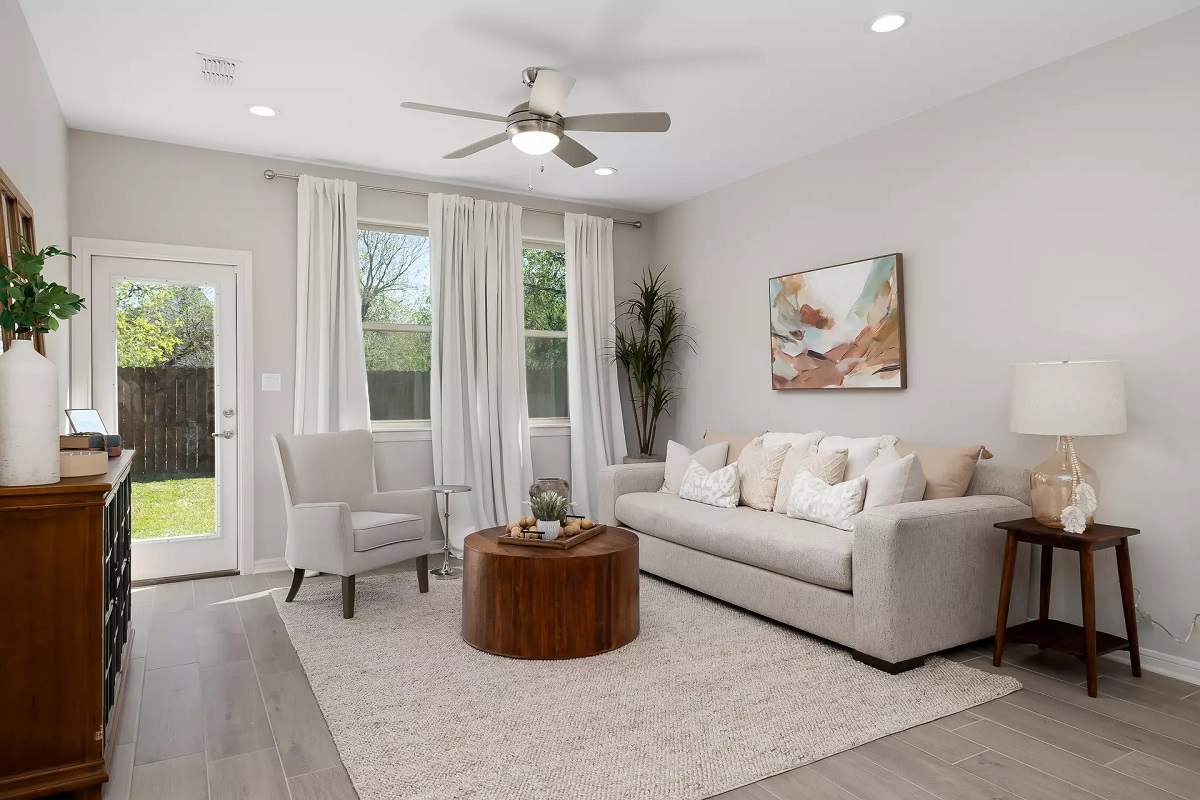

Interior Design
Should A Sofa Touch The Wall? The Wrong Choice Could Ruin A Layout
Modified: January 5, 2024
Discover the impact of sofa placement on your interior design. Avoid ruining your layout by understanding whether a sofa should touch the wall.
(Many of the links in this article redirect to a specific reviewed product. Your purchase of these products through affiliate links helps to generate commission for Storables.com, at no extra cost. Learn more)
Introduction
Welcome to the world of interior design, where every decision can make or break the overall look and functionality of a space. When it comes to the placement of a sofa, many homeowners are faced with a common dilemma: should it touch the wall or be positioned away from it? The answer to this question is not as simple as it may seem, as there are various factors to consider in order to achieve the best layout for your living area.
The sofa is often the centerpiece of a living room or family room, and its placement can significantly impact the overall flow and aesthetic of the space. Whether you are starting from scratch with a blank canvas or looking to revamp your current setup, understanding the pros and cons of different sofa placement options is crucial to creating a balanced and functional layout.
In this article, we will explore the advantages and disadvantages of placing a sofa against the wall, as well as alternative options to consider. We will also delve into the key factors you should keep in mind when choosing sofa placement and provide tips for creating a harmonious and inviting living area. By the end, you’ll have a better understanding of how to achieve the perfect sofa placement that suits your style and enhances your living space.
Key Takeaways:
- The placement of your sofa is crucial for both functionality and aesthetics, impacting traffic flow, visual balance, and zoning within your living area.
- Consider alternative sofa placement options such as floating the sofa, dividing the room, angling it, creating conversation areas, or using it as a room divider to maximize space and functionality.
Read more: How Big Should Wall Art Be Above Sofa
The Importance of Sofa Placement
The placement of your sofa plays a crucial role in determining the overall functionality and aesthetics of your living area. It sets the foundation for the rest of the furniture layout and can greatly impact the flow and ambiance of the space. Here are some reasons why sofa placement is so important:
- Functionality: The sofa is typically the primary seating option in a living room or family room. Its placement should prioritize easy access and comfortable seating for all occupants. A well-placed sofa can create a cozy and inviting atmosphere, encouraging conversation and relaxation.
- Visual Balance: The sofa acts as a focal point in the room, and its positioning can affect the overall visual balance. Placing the sofa against the wall can create a sense of symmetry and stability, while positioning it away from the wall can add depth and visual interest to the space.
- Pathways and Traffic Flow: The placement of the sofa should consider the pathways and traffic flow within the room. It should not obstruct doorways or walkways, and there should be enough space around it for easy movement. This ensures a functional and comfortable layout.
- Zoning: In open-concept living areas, the sofa can be used to define different zones within the space. By strategically placing the sofa, you can create separate areas for lounging, entertainment, and dining, making the room feel more organized and purposeful.
Overall, the placement of your sofa should be both practical and visually pleasing. It should cater to your specific needs and lifestyle while enhancing the overall design of the room. Now that we understand the importance of sofa placement, let’s explore the pros and cons of placing a sofa against the wall.
Pros of Placing a Sofa Against the Wall
Placing a sofa against the wall is a popular choice for many homeowners, and it comes with several benefits. Let’s explore the pros of this sofa placement option:
- Space Maximization: By positioning the sofa against the wall, you can make efficient use of the available space in your living area. This layout allows for more open space in the center of the room, making it feel larger and less cluttered. It can be particularly advantageous in small living rooms where space is limited.
- Easy Traffic Flow: When the sofa is placed against the wall, it creates a clear pathway behind it. This allows for easy movement and better traffic flow in the room. It eliminates the need to navigate around furniture when walking through the space, creating a more seamless and functional layout.
- Visual Symmetry: Placing the sofa against the wall can create a sense of visual symmetry, especially if you have matching furniture or a balanced arrangement of décor items on either side. This can contribute to a harmonious and aesthetically pleasing look, offering a sense of order and balance in the room.
- Focal Point Emphasis: When the sofa is positioned against the wall, it becomes the main focal point of the room. This layout draws attention to the sofa and can act as a centerpiece, allowing you to showcase its design, color, and style. It can also provide a clear and defined area for family and guests to gather around.
- Coziness and Intimacy: Placing the sofa against the wall can create a cozy and intimate seating area. It encourages face-to-face interactions and fosters a sense of togetherness. This layout is particularly suited for smaller gatherings or when you want to create a more intimate atmosphere for conversations and bonding.
While there are certainly advantages to placing a sofa against the wall, it is essential to consider the potential drawbacks as well. In the next section, we will explore the cons of this sofa placement option and offer alternative choices to consider in order to find the best fit for your space and style.
Cons of Placing a Sofa Against the Wall
While placing a sofa against the wall has its benefits, there are also some drawbacks to consider. Here are a few cons of this sofa placement option:
- Lack of Versatility: Placing the sofa against the wall limits the flexibility of the furniture arrangement. It can be challenging to rearrange the layout or add additional seating options if needed. This can be a disadvantage if you like to change the look of your living area frequently or entertain large groups of people.
- Less Depth and Visual Interest: By positioning the sofa against the wall, you may miss out on the opportunity to create depth and visual interest in the room. Placing the sofa away from the wall can allow for creative placement of accent chairs, tables, or decorative elements, adding layers and dimension to the space.
- Design Constraints: Depending on the size and shape of your room, placing the sofa against the wall may not always be the most visually appealing option. It can sometimes highlight awkward architectural features or emphasize an unbalanced layout. In such cases, exploring alternative sofa placement options can help create a more harmonious design.
- Accessibility: Placing the sofa against the wall may not be the most accessible option, especially for older adults or individuals with mobility concerns. It can be challenging for them to navigate around the furniture when sitting or getting up from the sofa. Consider the needs of all occupants when determining the best sofa placement for your space.
- Spatial Constraints: In some cases, placing the sofa against the wall may not be feasible due to spatial constraints or odd room dimensions. This can make it difficult to achieve a cohesive and well-balanced layout. In such situations, considering alternative sofa placement options can help optimize the use of space and create a functional and visually appealing arrangement.
Understanding the potential downsides of placing a sofa against the wall is important in order to make an informed decision about your living area layout. In the next section, we will explore alternative sofa placement options that offer a balance between functionality and aesthetics.
Alternative Sofa Placement Options
If placing your sofa against the wall doesn’t feel like the best fit for your space, don’t worry! There are alternative sofa placement options that can offer a unique and stylish layout. Consider the following alternatives:
- Float in the Room: Instead of positioning the sofa against the wall, try floating it in the middle of the room. This creates a more open and inviting seating area and allows for easy circulation around the sofa. It can be a great option for larger rooms or open-concept living areas where you want to create distinct zones within the space.
- Divide the Room: If you have a spacious living area, you can use your sofa to divide the room into different functional areas. Place the back of the sofa facing the center of the room, acting as a visual separation between the living area and another activity zone, such as a dining area or workspace.
- Angle it: Angling the sofa can add an interesting dynamic to the room. Instead of aligning it parallel to the walls, position it diagonally to create a more dynamic and visually appealing layout. This can help fill awkward corners or create a cozy nook within the larger space.
- Create a Conversation Area: If you enjoy entertaining or prefer face-to-face conversations, consider grouping your sofa and other seating options to create a dedicated conversation area. Place the sofa perpendicular to another seating arrangement, such as two armchairs or a pair of loveseats, to encourage interaction and create a cozy atmosphere.
- Use as Room Divider: In open-concept layouts or studio apartments, the sofa can be used as a functional room divider. Position it perpendicular to the wall to create a visual separation between the living area and another space, such as a bedroom or office. This can provide a sense of privacy and organization while maximizing the use of space.
Remember, the goal is to find a sofa placement option that suits your lifestyle, enhances the functionality of the space, and reflects your personal style. Don’t be afraid to experiment with different arrangements and consider the unique features of your room when choosing the best layout for your sofa.
Now that we have explored the alternative options, let’s delve into the factors you should consider when determining the best sofa placement for your layout.
A sofa doesn’t have to touch the wall. Pulling it away can create a more open and inviting layout, especially in larger rooms. Experiment with different placements to find the best fit for your space.
Read more: Should Curtains Touch The Floor?
Factors to Consider When Choosing Sofa Placement
When deciding on the placement of your sofa, it’s essential to take various factors into consideration. The right sofa placement will not only optimize the functionality and flow of your living area but also enhance its overall aesthetics. Here are some important factors to keep in mind:
- Room Size and Shape: The size and shape of your room will heavily influence the sofa placement. Consider the dimensions of the space and how the sofa will fit within it. A large room may accommodate different placement options, while a smaller room may require more strategic positioning to maximize space.
- Room Functionality: Think about how you use the room and what activities take place there. If it’s a multipurpose space that serves as a family room and home office, for example, you’ll need to consider how the sofa placement complements both areas. Ensure that the sofa doesn’t obstruct other functional elements in the room.
- Natural Focal Point: Identify the natural focal point of the room, such as a fireplace, large window, or media center. The sofa should ideally be positioned to face or align with this focal point to create a cohesive and visually appealing layout.
- Architectural Features: Take into account any architectural features or elements in the room, such as windows, doors, or built-in shelving. These features can help guide the placement of your sofa and influence the overall layout of the space. Consider how you can incorporate these features into the design while ensuring a functional arrangement.
- Daily Traffic Patterns: Observe the natural traffic patterns in the room and position the sofa accordingly. It should not hinder the flow of movement or create obstacles in high-traffic areas. Leave enough space around the sofa for easy access and comfortable circulation.
- Lighting and Views: Consider the placement of your sofa in relation to natural light sources and views. Position the sofa to take advantage of abundant natural light, if possible, and to optimize any scenic views outside the windows. This can significantly enhance the ambiance and create a more inviting atmosphere.
- Personal Style and Preference: Ultimately, your personal style and preference should guide the sofa placement decision. Consider the overall design aesthetic you want to achieve and how the sofa placement contributes to that vision. Trust your instincts and create a layout that reflects your unique taste and personality.
By considering these factors, you can make a well-informed decision about the placement of your sofa and create a functional, inviting, and visually appealing living area. However, determining the best sofa placement goes beyond just considering these factors – it also involves practical steps to ensure optimal layout. Let’s explore how you can determine the best sofa placement for your specific layout in the next section.
How to Determine the Best Sofa Placement for Your Layout
Determining the best sofa placement for your layout requires careful consideration and planning. Follow these steps to ensure you find the optimal position for your sofa:
- Measure and Assess: Start by measuring your room and taking note of any architectural features, doorways, windows, and other elements that may impact the placement of your sofa. Consider the size and shape of the room along with its functional needs.
- Identify Focal Points: Determine the natural focal points in the room, such as a fireplace, media center, or scenic window. These focal points can guide the placement of your sofa and help create a visually pleasing arrangement.
- Create a Floor Plan: Use graph paper or an online design tool to create a scaled floor plan of your room. Include existing furniture and elements as well as potential sofa placement options. This will give you a clearer visual representation of different layout possibilities.
- Consider Traffic Flow: Take into account the traffic flow in the room and ensure that the sofa placement doesn’t hinder movement or create obstacles. Leave enough space for easy navigation around the furniture.
- Experiment with Different Options: Move your sofa around in the room to test out different placement options. Consider floating the sofa in the center, angling it, or creating distinct conversation areas. Take note of how each arrangement affects the functionality and aesthetics of the space.
- Balance the Layout: Aim for a balanced layout by considering the distribution of visual weight in the room. Ensure that the placement of the sofa, along with other furniture and decor, creates a harmonious and visually appealing arrangement.
- Seek Feedback: Don’t hesitate to seek the opinion of family members, friends, or a professional interior designer. They can provide valuable insights and offer alternative perspectives on your sofa placement options.
- Consider Comfort: Lastly, prioritize comfort when determining the best sofa placement. Ensure that the seating arrangement allows for easy conversation, comfortable lounging, and a cohesive gathering space for family and guests.
By following these steps, you can gain a better understanding of how different sofa placement options can impact your layout. Remember, the goal is to find a placement that maximizes space, enhances functionality, suits your style, and creates a visually appealing and comfortable living area.
Now that you have a deeper understanding of sofa placement and how to determine the best option for your layout, let’s explore some tips for creating a balanced and functional arrangement in the next section.
Tips for Creating a Balanced and Functional Layout
Creating a balanced and functional layout for your living area goes beyond just finding the right sofa placement. Here are some tips to help you achieve a well-designed and cohesive space:
- Consider Proportions: Ensure that the size of your sofa is proportionate to the room. A large sofa in a small room can overpower the space, while a small sofa in a large room may look out of place. Aim for a balanced scale between your furniture and the room itself.
- Allow for Open Space: Leave enough open space around your furniture to create a sense of flow and airiness in the room. This will make the space feel more inviting and functional, allowing for easy movement and preventing the room from feeling cluttered.
- Create Conversation Areas: If your living area allows, consider arranging furniture to create distinct conversation areas. Arrange seating options, such as sofas, chairs, and ottomans, to face each other, promoting interaction and facilitating comfortable conversations.
- Balance Furniture Placement: Distribute furniture evenly throughout the room to create a sense of balance. Avoid overcrowding one area and leaving another area sparse. This will help create a harmonious and visually appealing arrangement.
- Add Functional and Decorative Elements: Enhance your layout by incorporating functional and decorative elements. Consider adding side tables, coffee tables, bookcases, and lighting fixtures to make the space more practical and visually interesting. These elements can also help balance the room and provide additional points of visual focus.
- Consider Traffic Flow: Pay attention to how people will move through the room and ensure that the furniture placement doesn’t obstruct the natural traffic flow. Arrange furniture to create clear pathways and make it easy for people to navigate the space comfortably.
- Experiment with Accessory Placement: Pay attention to the placement of accessories, such as rugs, artwork, and plants. These elements can help tie the room together and add personality. Experiment with different arrangements to find the best placement that complements your furniture and enhances the overall look and feel of the space.
- Layer Lighting: Incorporate a variety of lighting sources, such as overhead lights, floor lamps, and table lamps, to create layers of light in the room. This will not only illuminate the space effectively but also add depth and warmth, enhancing the overall ambiance.
By implementing these tips, you can create a balanced and functional living area that suits your style and meets your everyday needs. Remember to trust your instincts and make design choices that resonate with your personal taste and preferences. Enjoy the process of transforming your space into a harmonious and inviting environment!
With these guidelines in mind, you can confidently determine the best sofa placement and create a layout that maximizes space, functionality, and visual appeal. Whether you choose to place your sofa against the wall or explore alternative options, the ultimate goal is to create a living area that reflects your style, suits your needs, and provides a comfortable and inviting space for you and your loved ones.
Conclusion
The placement of your sofa is a crucial aspect of interior design that can significantly impact the functionality and aesthetic appeal of your living area. While placing your sofa against the wall offers certain advantages, it’s important to consider the specific layout and needs of your space. By weighing the pros and cons and exploring alternative placements, you can find the best option that suits your style and maximizes the potential of your room.
Factors such as room size, functionality, natural focal points, traffic flow, and personal style should all be considered when determining the ideal sofa placement. Creating a balanced and functional layout involves careful planning, measuring, and experimentation to find the best arrangement for your specific space.
Keep in mind that achieving a well-designed living area goes beyond just the placement of the sofa. It involves considering proportion, creating conversation areas, adding functional and decorative elements, and maintaining good traffic flow. By implementing these tips, you can create a harmonious and inviting space that reflects your personal style while prioritizing comfort and practicality.
Ultimately, finding the best sofa placement for your layout is a creative process that allows you to customize your living area to suit your needs and preferences. Trust your instincts, seek feedback if needed, and enjoy the journey of transforming your space into a functional and visually appealing environment that you and your loved ones can enjoy.
Remember, there is no one-size-fits-all solution when it comes to sofa placement. Each space is unique, and what works for one room may not work for another. So take the time to explore different options, experiment with layouts, and trust your intuition when it comes to finding the perfect sofa placement for your home.
Frequently Asked Questions about Should A Sofa Touch The Wall? The Wrong Choice Could Ruin A Layout
Was this page helpful?
At Storables.com, we guarantee accurate and reliable information. Our content, validated by Expert Board Contributors, is crafted following stringent Editorial Policies. We're committed to providing you with well-researched, expert-backed insights for all your informational needs.
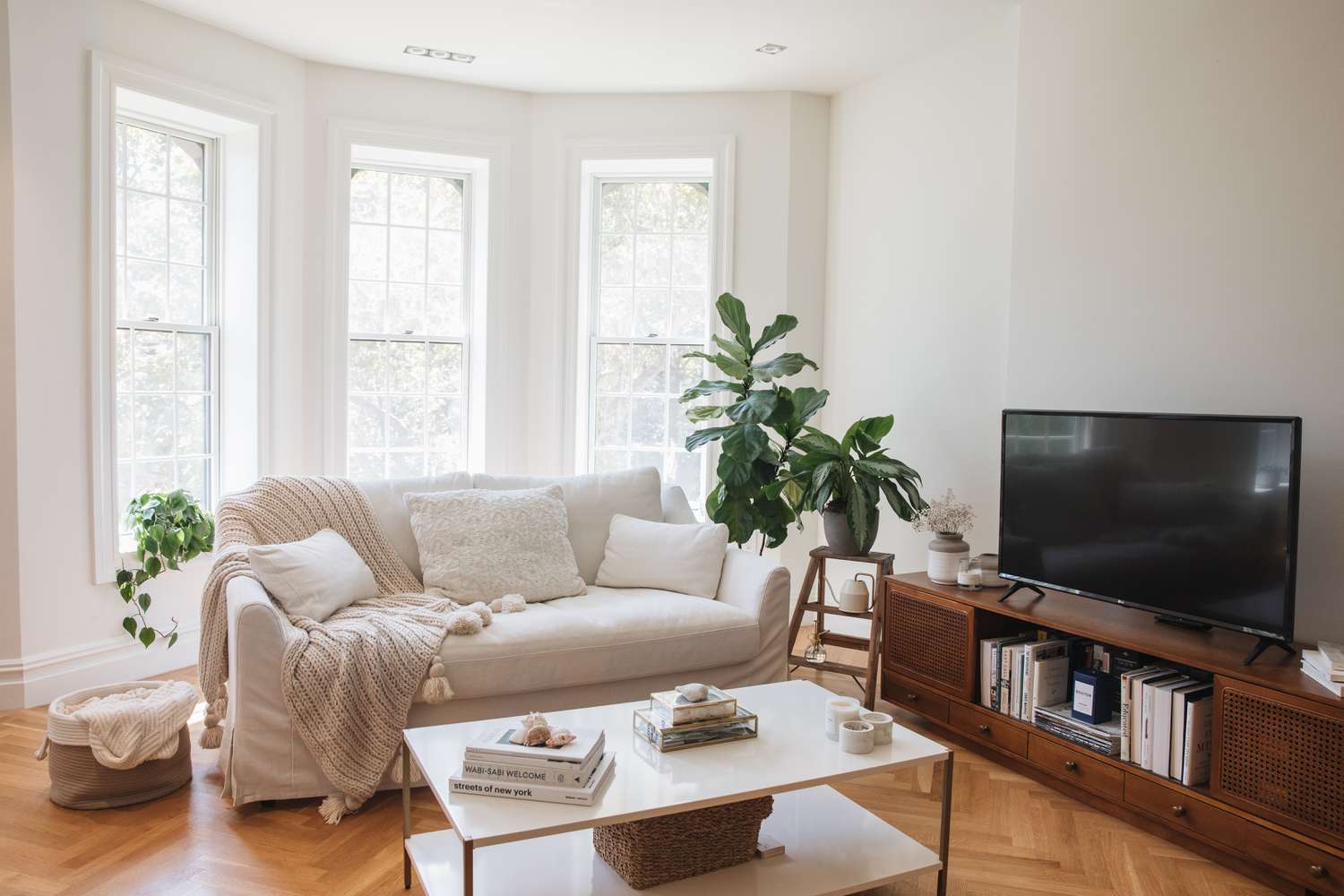
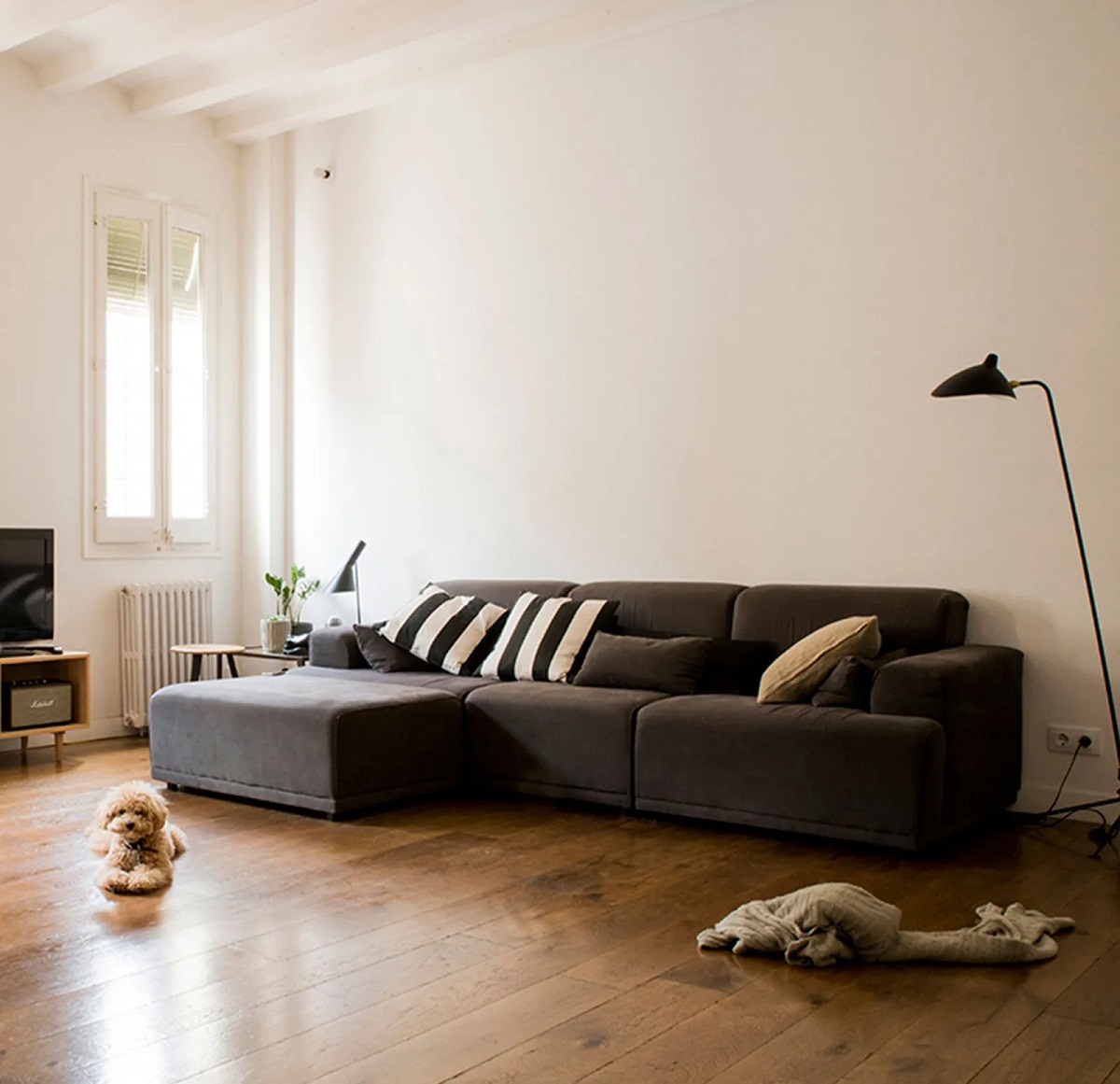

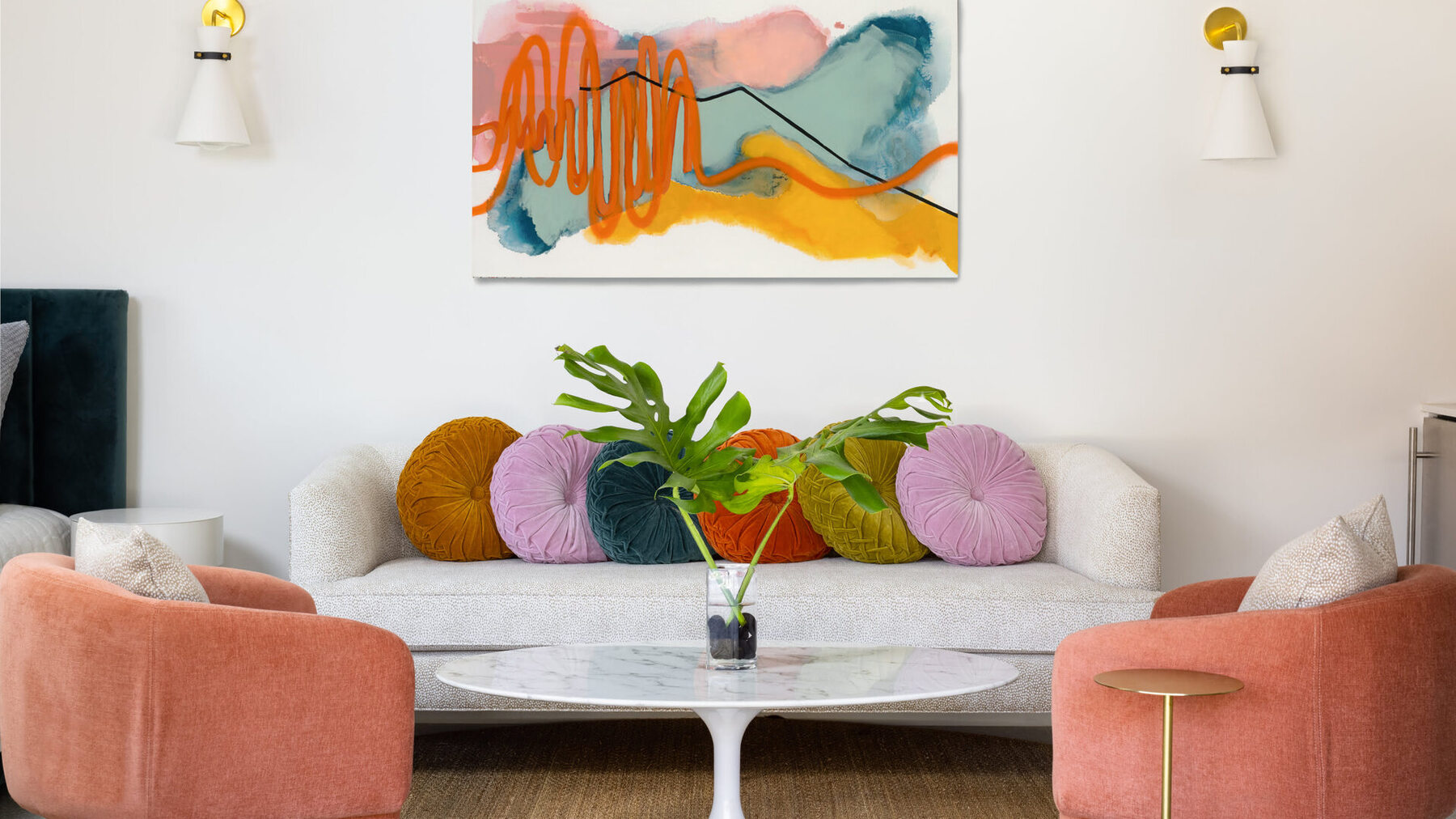
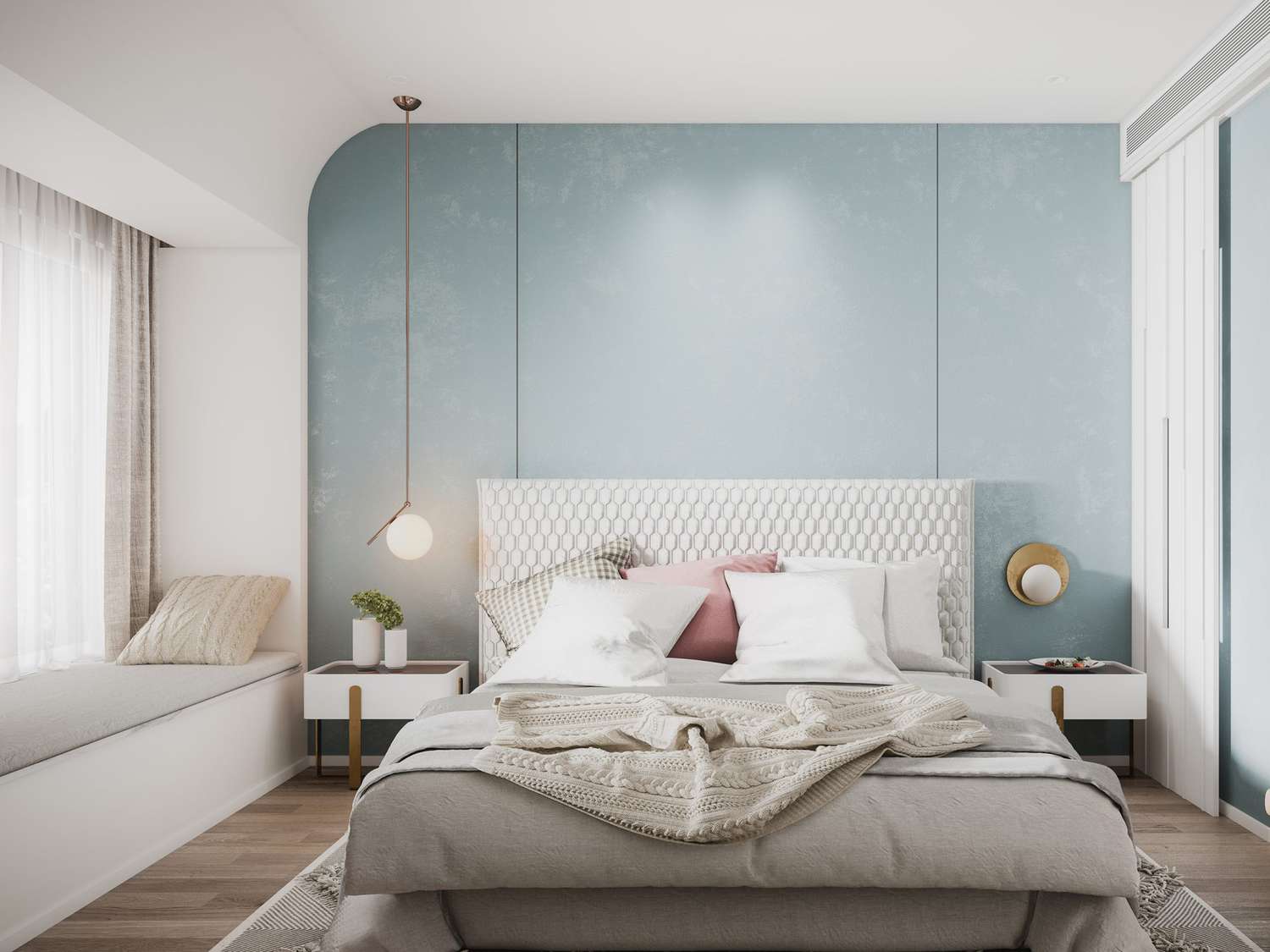
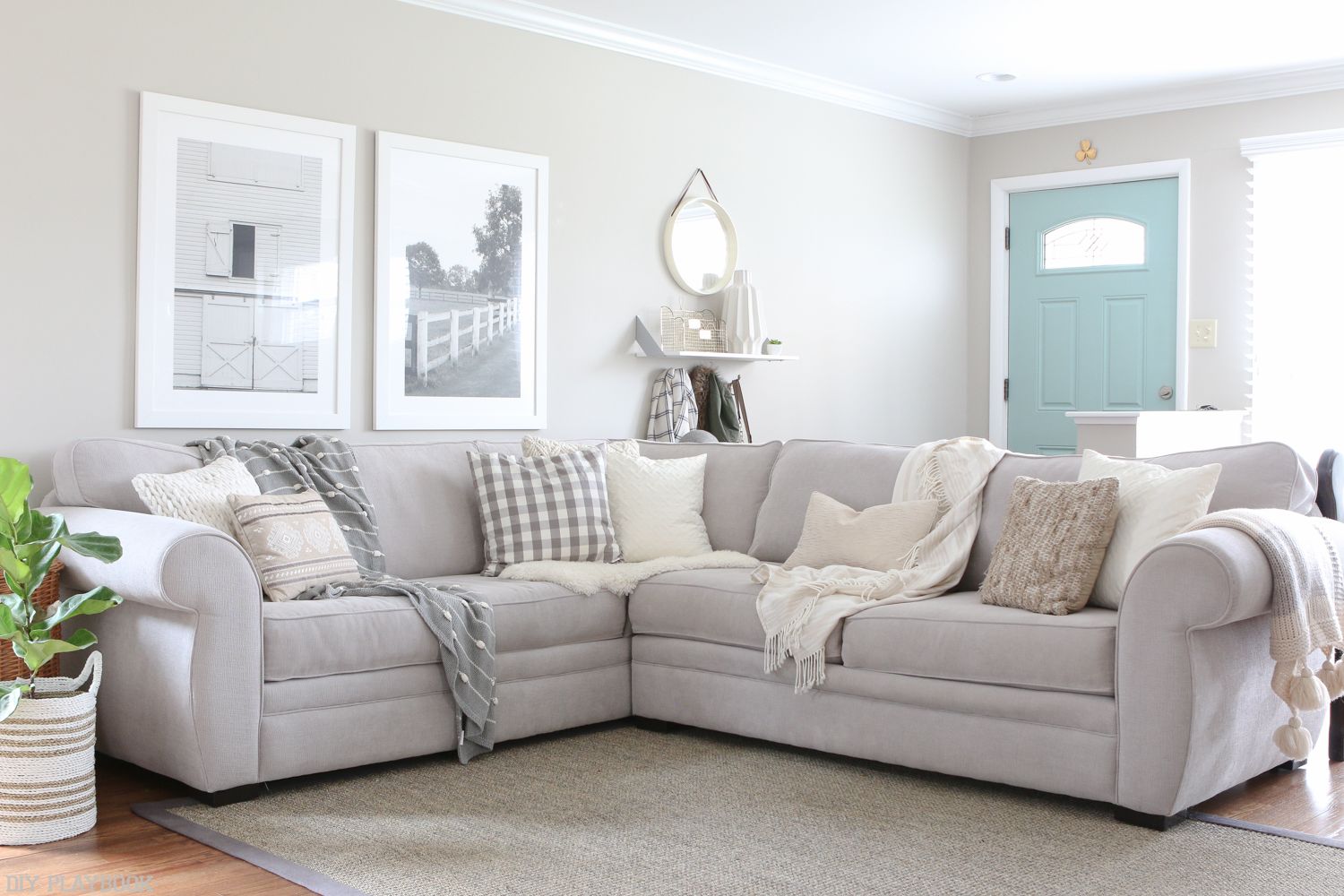
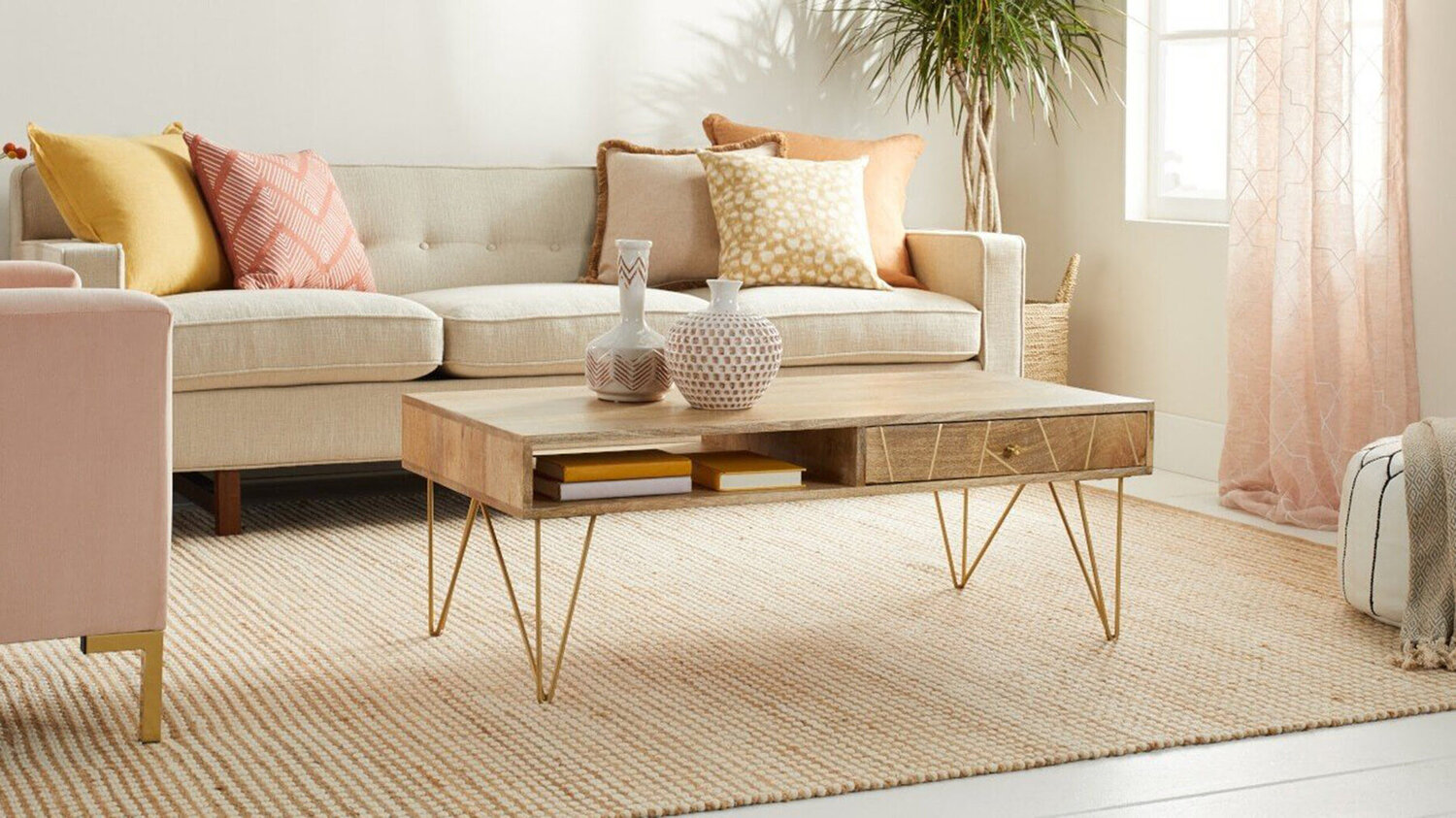
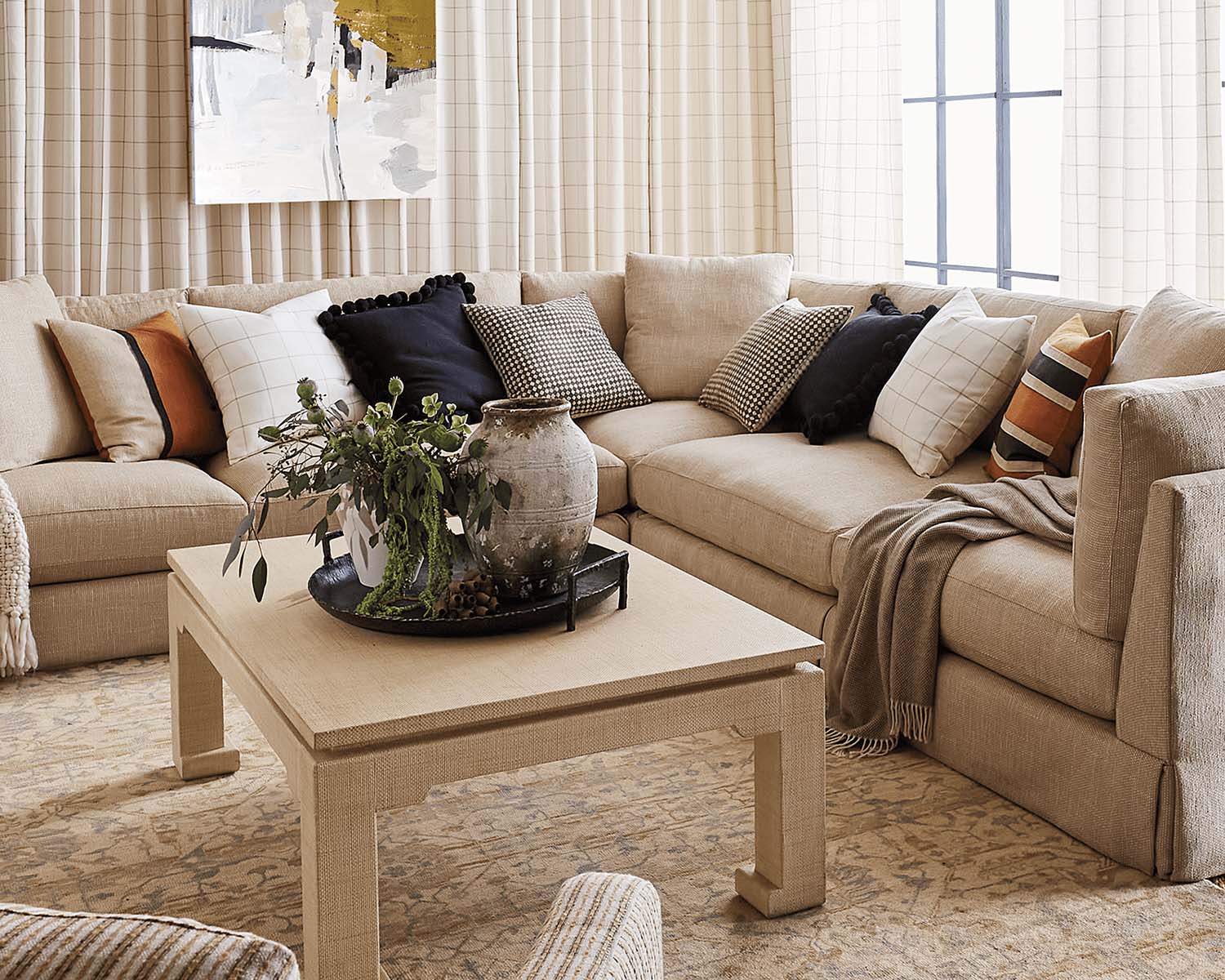
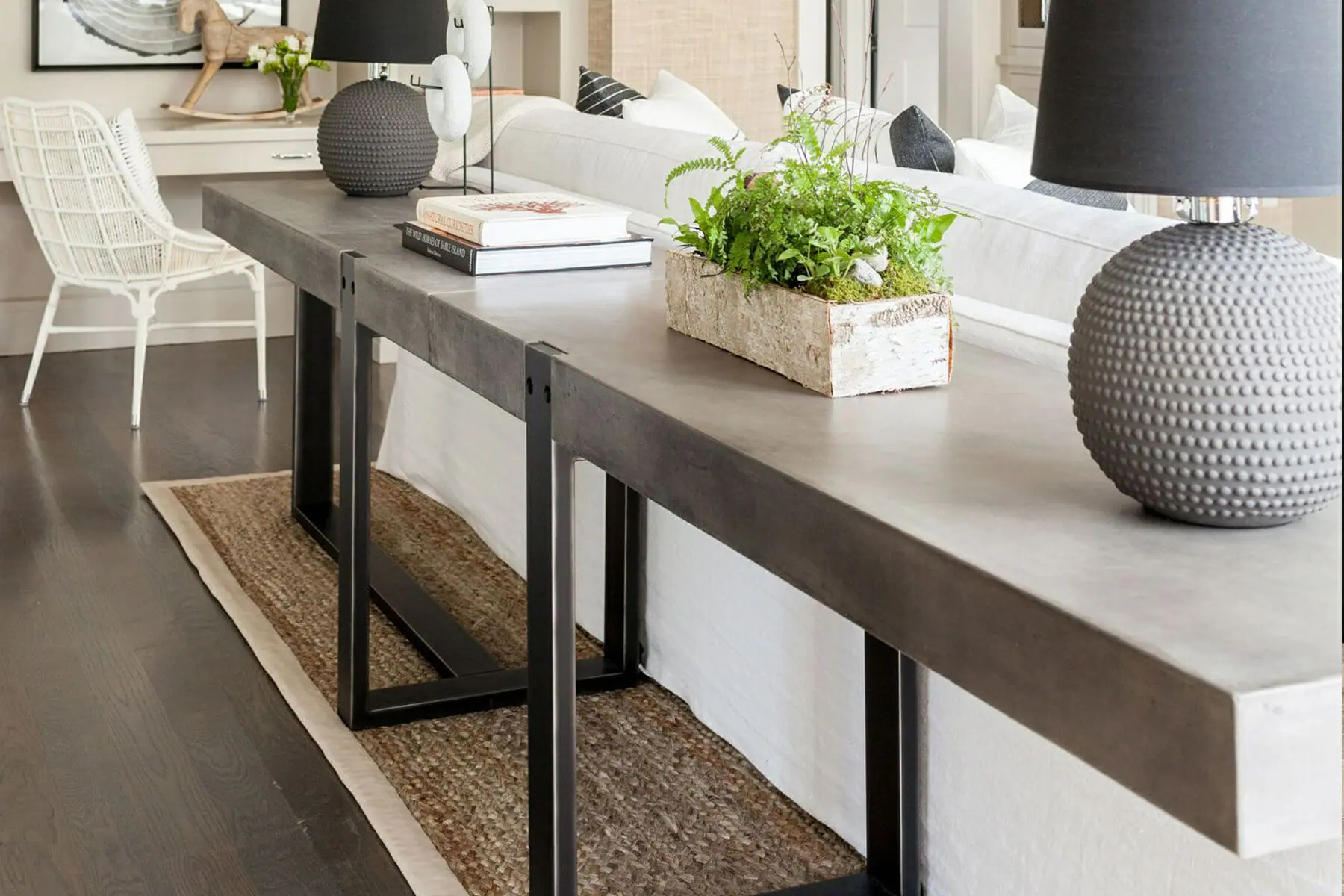
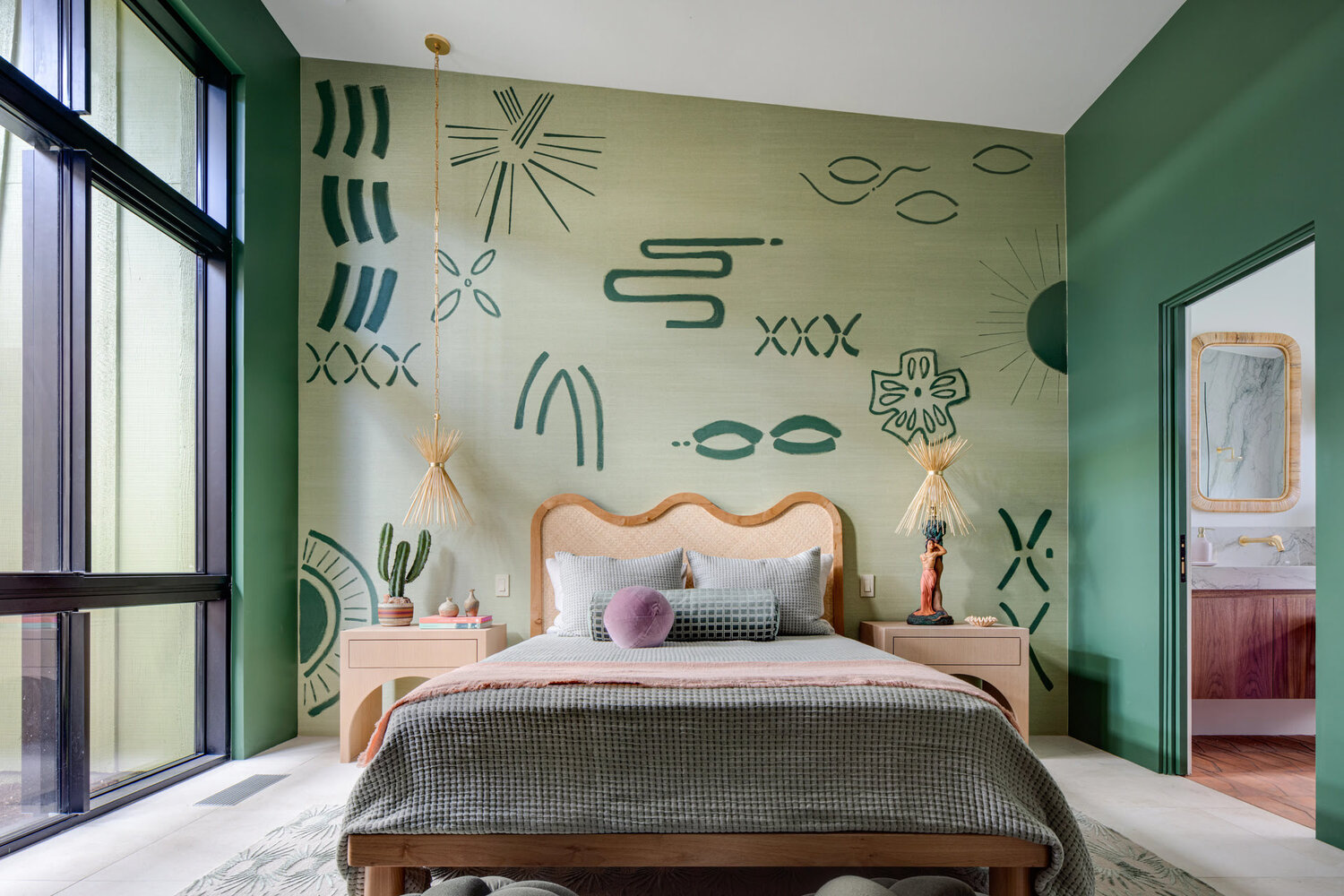
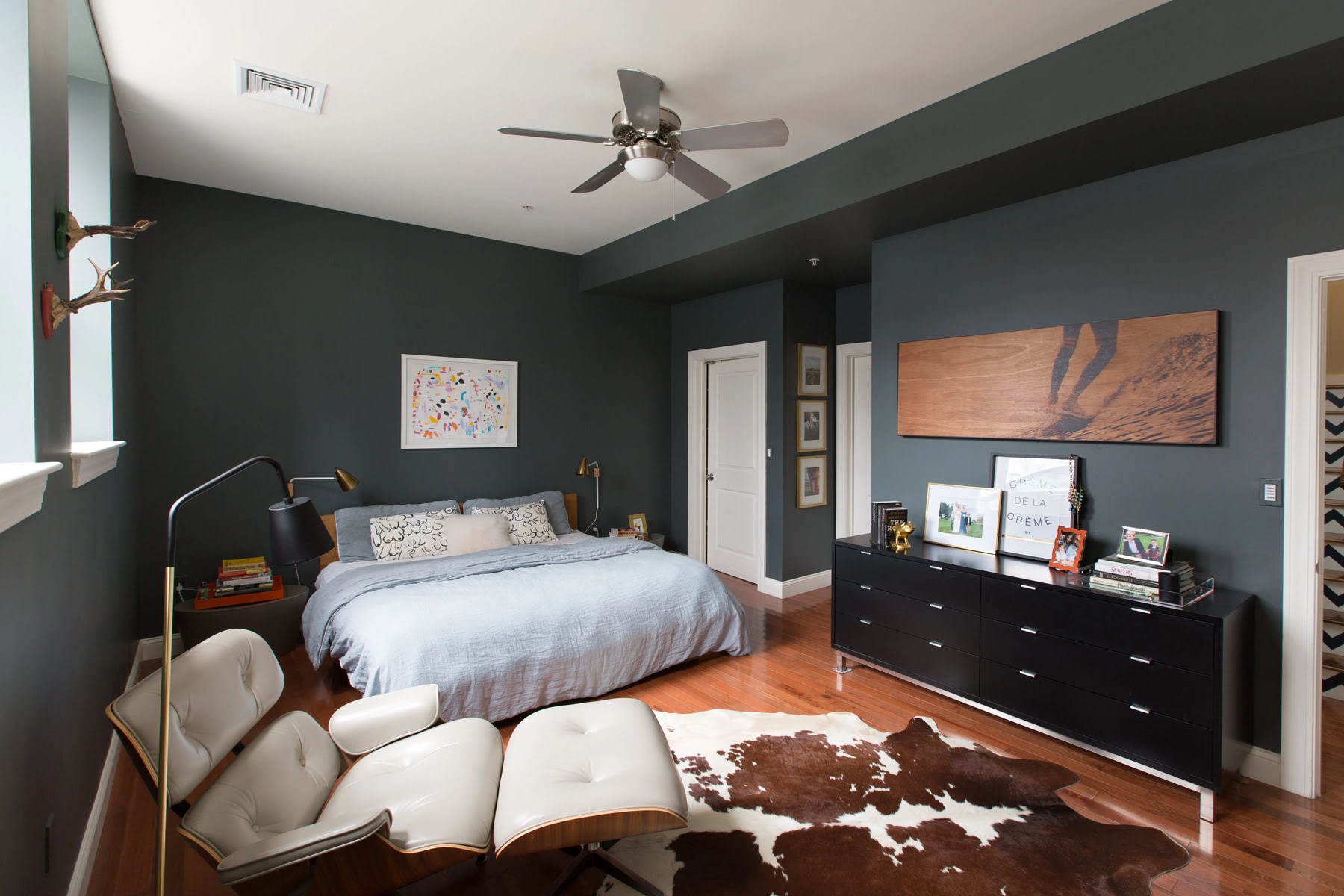
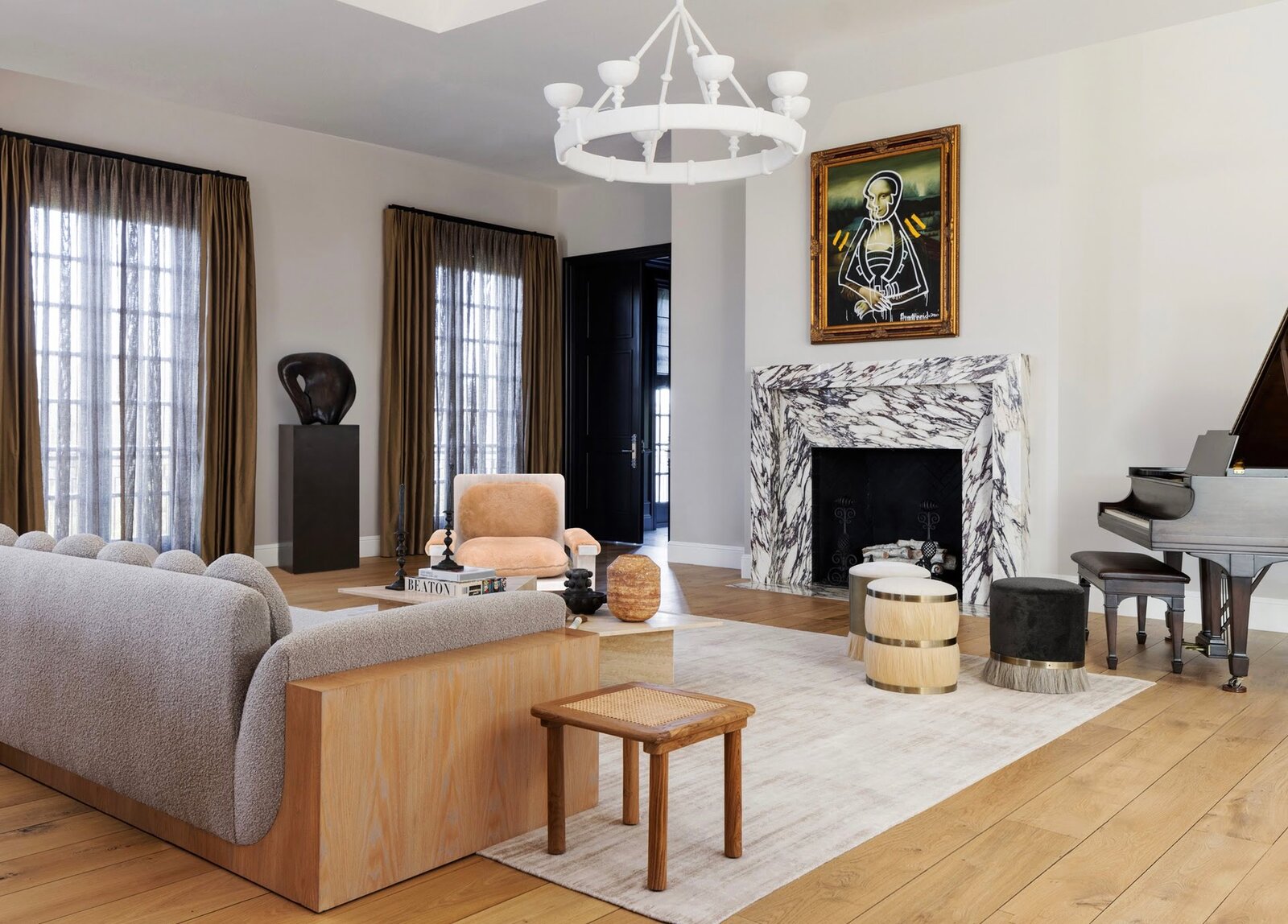
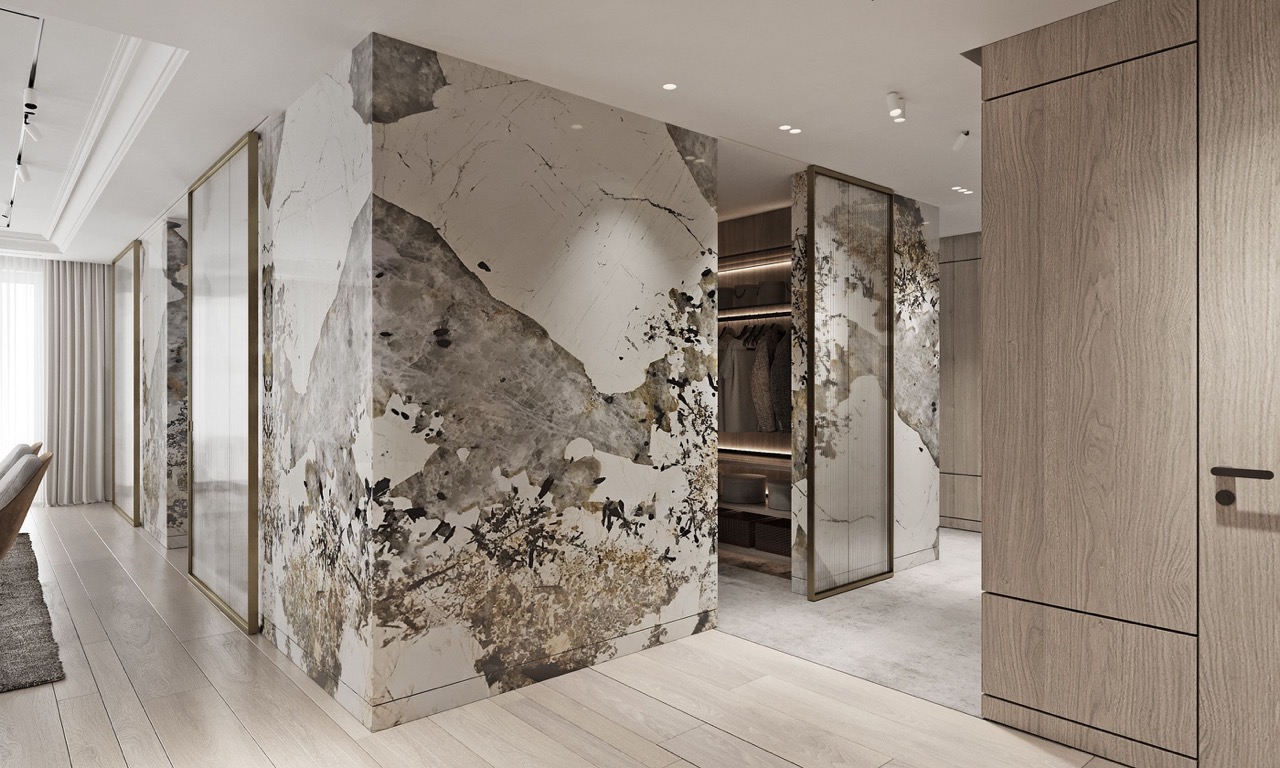
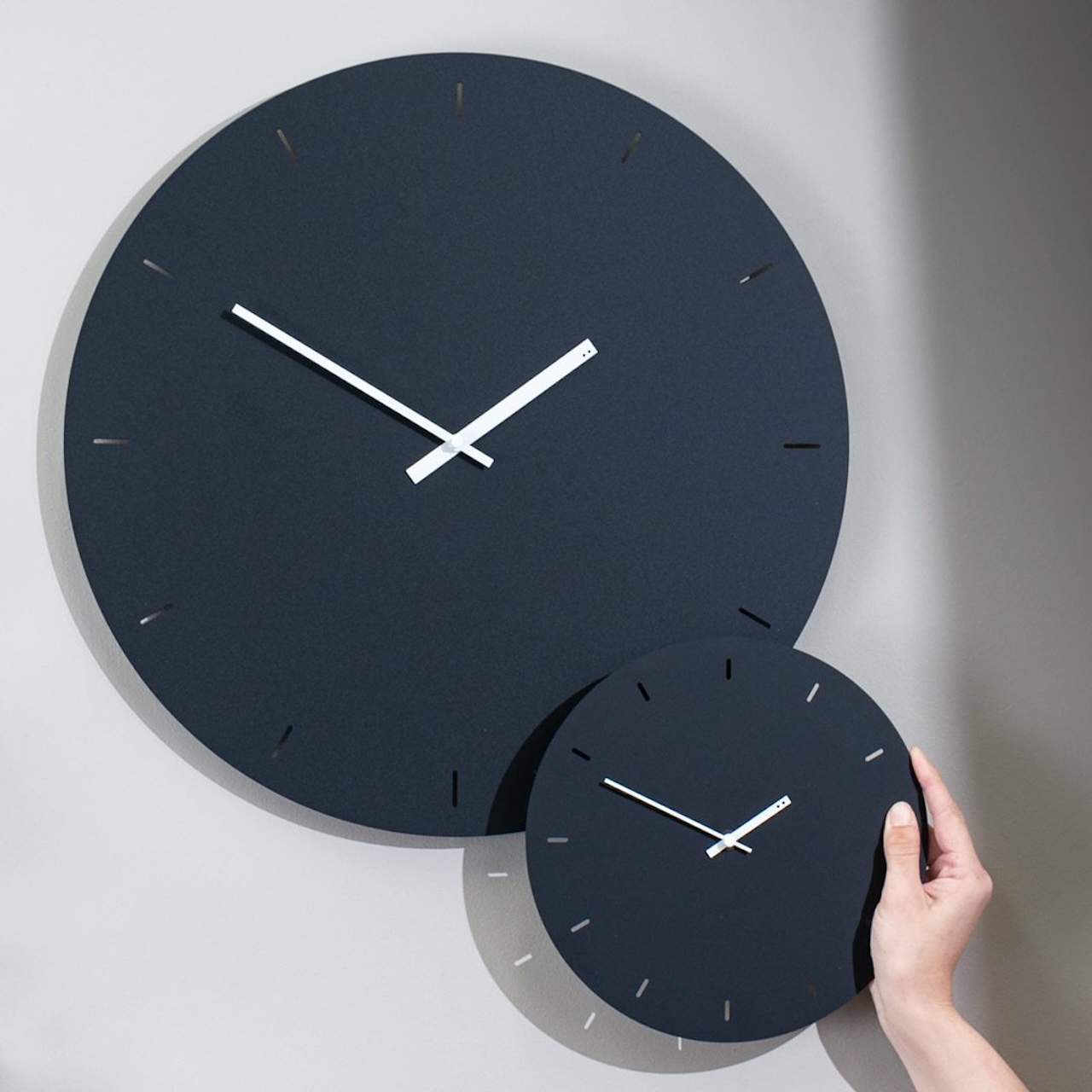

0 thoughts on “Should A Sofa Touch The Wall? The Wrong Choice Could Ruin A Layout”